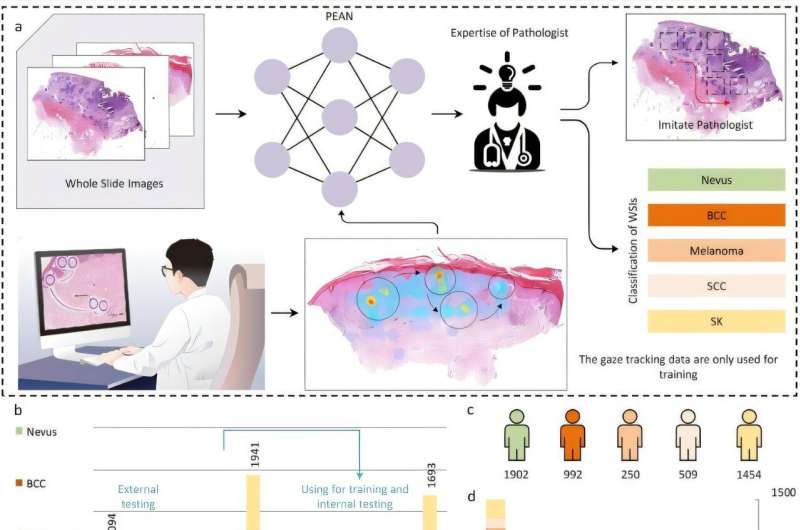Today, the computing power and AI know-how are available to develop such assistants. However, replicating the expertise of a specially trained, highly experienced pathologist, radiologist or another specialist isn’t easy or straightforward. AI algorithms, in particular, require vast amounts of data to create highly accurate models. And the more high-quality data, the better.
For pathologists in particular, a method called pixel-wise manual annotation can be used with great success to train AI models to accurately diagnose specific diseases from tissue biopsy images. This method, however, requires a trained pathologist to annotate every pixel in a tissue biopsy image, outlining regions of interest for machine learning model training. The annotation burden for pathologists in this case is obvious and limits the amount of quality data that can be created for model training, thereby limiting the diagnostic precision of the eventual model.

